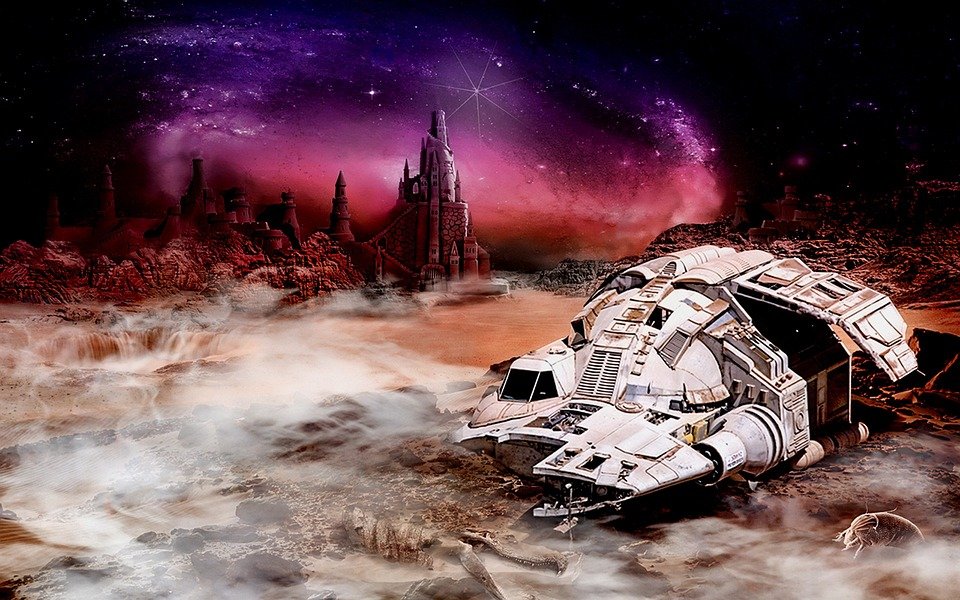The Quest for a Universal Language: Past, Present, and Future
Introduction
Since the dawn of civilization, humans have been searching for ways to overcome language barriers and establish a universal means of communication. The idea of a universal language has captivated philosophers, scholars, and linguists throughout history. In this article, we will explore the past, present, and future of the quest for a universal language.
Table of Contents
- The Past: Historical Attempts
- The Present: Modern Solutions
- The Future: Possibilities and Challenges
- FAQs
The Past: Historical Attempts
Throughout history, numerous attempts have been made to create a universal language. One of the earliest recorded efforts can be traced back to ancient Egypt, where Pharaoh Psammetichus I conducted an experiment to discover the original language of mankind. However, these early endeavors were largely based on myths and legends, devoid of any scientific basis.
During the Renaissance period, scholars such as Roger Bacon and Gottfried Leibniz proposed the idea of a universal language based on symbolism and mathematical principles. Bacon developed a method called the “Great Cipher,” while Leibniz envisioned a language called “characteristica universalis.” However, these ideas remained largely theoretical and were not put into practice.
One of the most influential figures in the quest for a universal language was the 17th-century philosopher and mathematician, René Descartes. Descartes believed that a universal language would facilitate the progress of human knowledge and enhance communication between different cultures. His work laid the foundation for subsequent efforts in the pursuit of a universal language.
The Present: Modern Solutions
In the present era, with the advent of globalization and advancements in technology, the need for effective communication between diverse cultures has become even more pressing. While we may not have achieved a fully universal language, there are several modern solutions that have emerged to bridge the language barriers.
Translation technologies, such as machine translation and speech recognition, have made significant progress in recent years. Platforms like Google Translate and Microsoft Translator utilize artificial intelligence and machine learning algorithms to provide real-time translation services. These tools have greatly facilitated communication between individuals speaking different languages.
Additionally, the development of simplified languages, such as Esperanto and Interlingua, has aimed to create a neutral means of communication. Esperanto, created by L. L. Zamenhof in the late 19th century, has gained a considerable following and is spoken by a diverse community worldwide. While not universally adopted, these simplified languages have shown that constructing a language with grammatical regularity and reduced complexity is feasible.
The Future: Possibilities and Challenges
Looking ahead, the future of the quest for a universal language holds both possibilities and challenges. With the rapid advancement of artificial intelligence and natural language processing, the dream of real-time, seamless translation may become a reality. Imagine a world where language barriers no longer exist, where people from different cultures can communicate effortlessly.
However, there are significant challenges to overcome. Language is deeply intertwined with culture, identity, and heritage. Preserving linguistic diversity and ensuring that a universal language does not lead to the erosion of cultural heritage is crucial. Moreover, creating a truly universal language that encompasses all the nuances and complexities of human communication is a monumental task.
Nevertheless, the quest for a universal language continues. As technology evolves and our understanding of languages and communication deepens, the possibility of a universal language becomes more tangible. It may not be a single language that unifies humanity, but rather a combination of advanced translation technologies, simplified languages, and cultural understanding that bridges the gaps.
FAQs
Q: Why do we need a universal language?
A: A universal language would facilitate effective communication between individuals from different cultures, enhance global cooperation, and promote understanding.
Q: Has any constructed language become widely adopted?
A: While no constructed language has achieved universal adoption, Esperanto has gained a significant following and is spoken by a diverse community worldwide.
Q: How do translation technologies work?
A: Translation technologies utilize artificial intelligence and machine learning algorithms to analyze and interpret languages, providing real-time translation services.
Q: What challenges exist in creating a universal language?
A: Preserving linguistic diversity, ensuring cultural preservation, and capturing the nuances and complexities of human communication are some of the major challenges in creating a universal language.
Q: Will a universal language eliminate the need to learn other languages?
A: While a universal language may facilitate communication, learning other languages will continue to be valuable for cultural understanding and personal growth.

